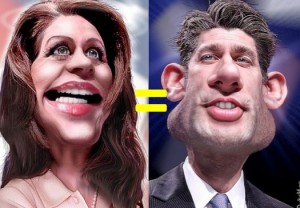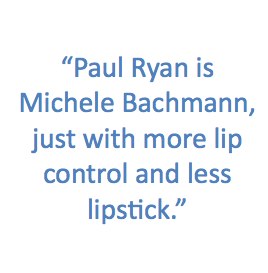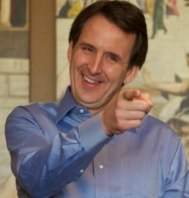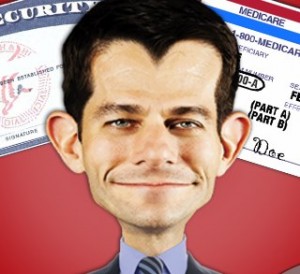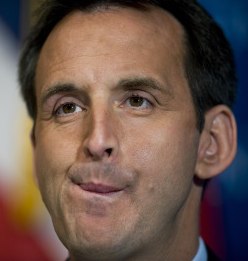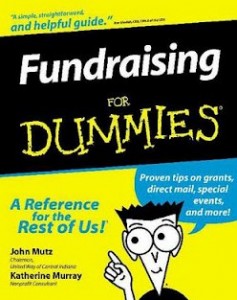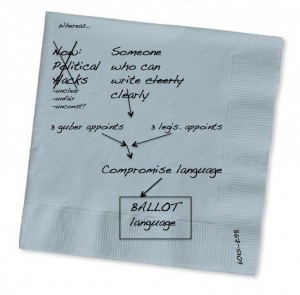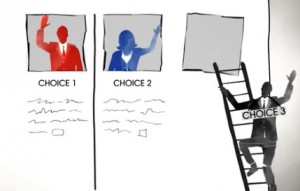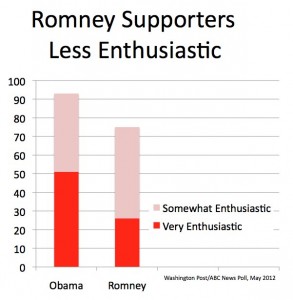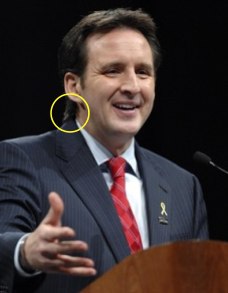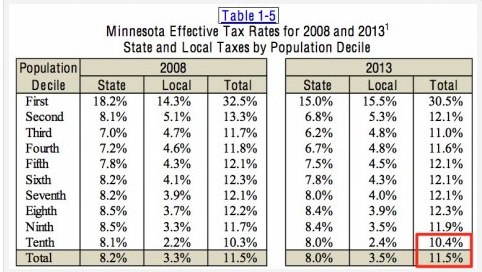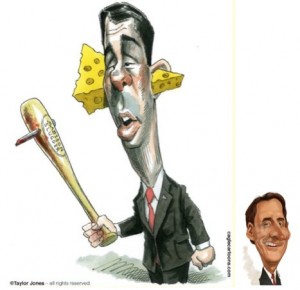 Minnesota Republicans are hell bent on solving the problem of voter impersonation. This might be a worthy effort, if there was a big problem. However, the Minnesota League of Women Voters, the earnest non-partisan group dedicated to the integrity of our voting system, has concluded:
Minnesota Republicans are hell bent on solving the problem of voter impersonation. This might be a worthy effort, if there was a big problem. However, the Minnesota League of Women Voters, the earnest non-partisan group dedicated to the integrity of our voting system, has concluded:
The only type of illegal voting that a voter photo-ID can prevent is voter impersonation. There is no evidence of voter impersonation in any Minnesota election. In two statewide recounts in 2008 and 2010, our election system was put under a microscope as lawyers from the two major parties looked for problems. They didn’t find any; they did find that Minnesota’s election system is remarkably sound and transparent.
In other words, the biggest problem with this solution is there is no problem that requires solving. There is no roving gang of thugs engaging in voter impersonation en masse.
Of course, if there were highly motivated roving gangs of impersonators, or even a lone serial impersonator, they would have no problem overcoming the voter ID proposal. The Economist reminds us what all of us who have kids, or were kids, know:
A study in 2009 of American university students found that 17% of freshmen and 32% of seniors owned a false ID.
So if there were a voter impersonation problem, which there isn’t, the photo ID requirement wouldn’t solve it. Motivated impersonators could still find it easy to impersonate.
While the photo ID requirement doesn’t solve an existing problem, it does create a huge and dangerous one — voter suppression.
Americans are highly motivated to drive, and therefore willing to spend a few hours and dollars to get a drivers license with a photo on it. But many Americans are not at all motivated to vote. We know this because we have spent billions of dollars over the years enticing citizens to vote via TV ads, radio ads, mailings, phone calls, and rides to the polls, and a shocking 90% to 50% of the population, depending on the election, still does not vote.
With that kind of baseline apathy, it clearly doesn’t take much to get more people to sit out Election Day. For many, the addition of a bureaucratic scavenger hunt to secure an official photo ID card will do the trick.
People who have photo IDs tend to assume that everyone has them, so the Republicans’ photo ID proposal would merely require voters to take what they already have out of their wallets or purses. But according to the non-partisan Minnesota League of Women Voters:
Approximately 11% of the voting population does not carry a photo ID that meets these rigid requirements. The percentage is higher among certain groups: the elderly (18%), younger adults (18%), minorities (25% of African-Americans) and people who are low-income (15%).
Hey, wait a minute. Old, young, minority and poor people? Aren’t they all groups that tend to vote disproportionately against Republicans? Could it be that the Republicans want to solve a different problem than the non-existent problem of voter impersonation, the problem of citizens who vote against Republicans?
– Loveland
Note: This post was also featured as a “best of the blogs” in Politics in Minnesota’s Morning Report.


